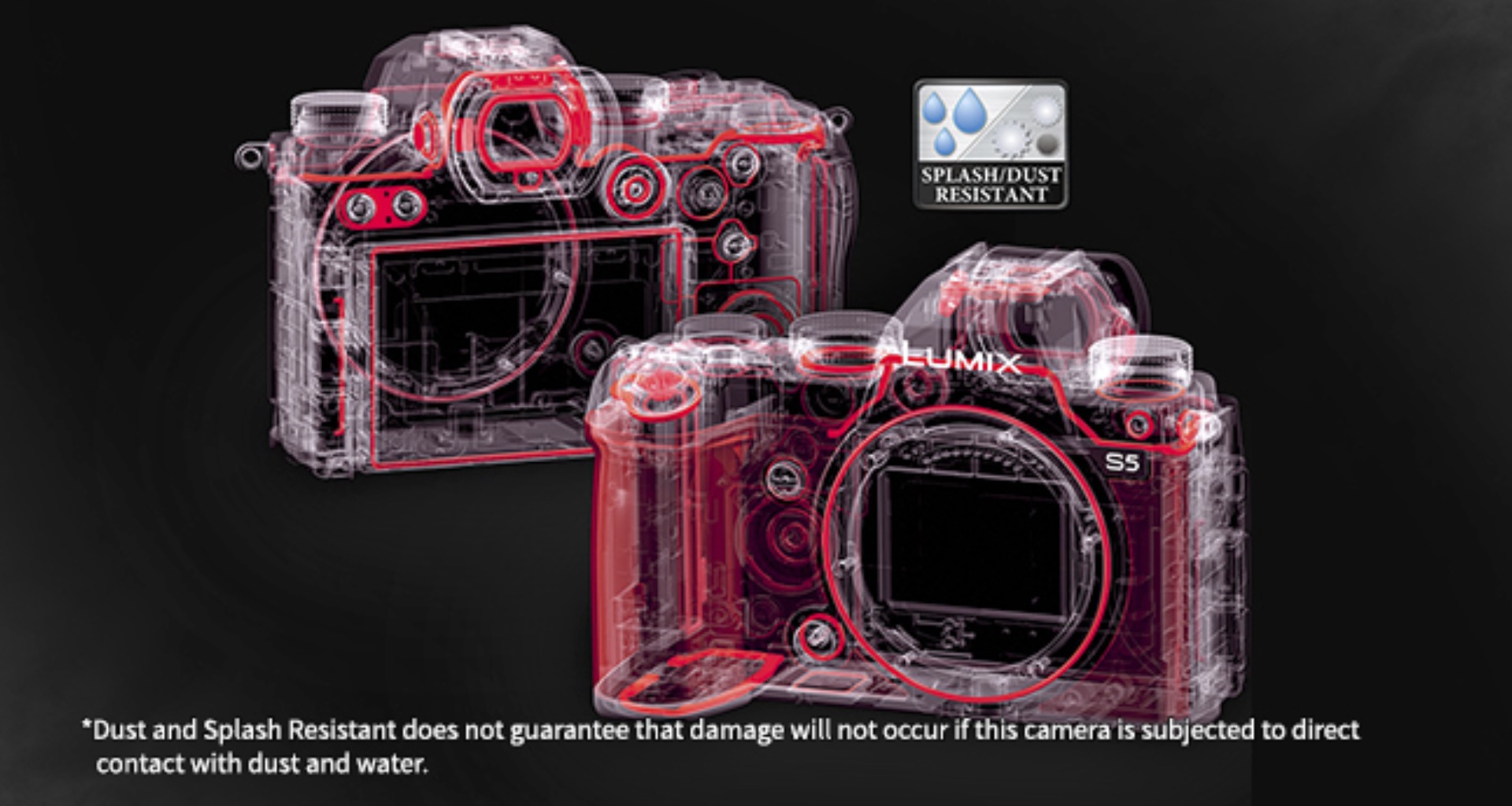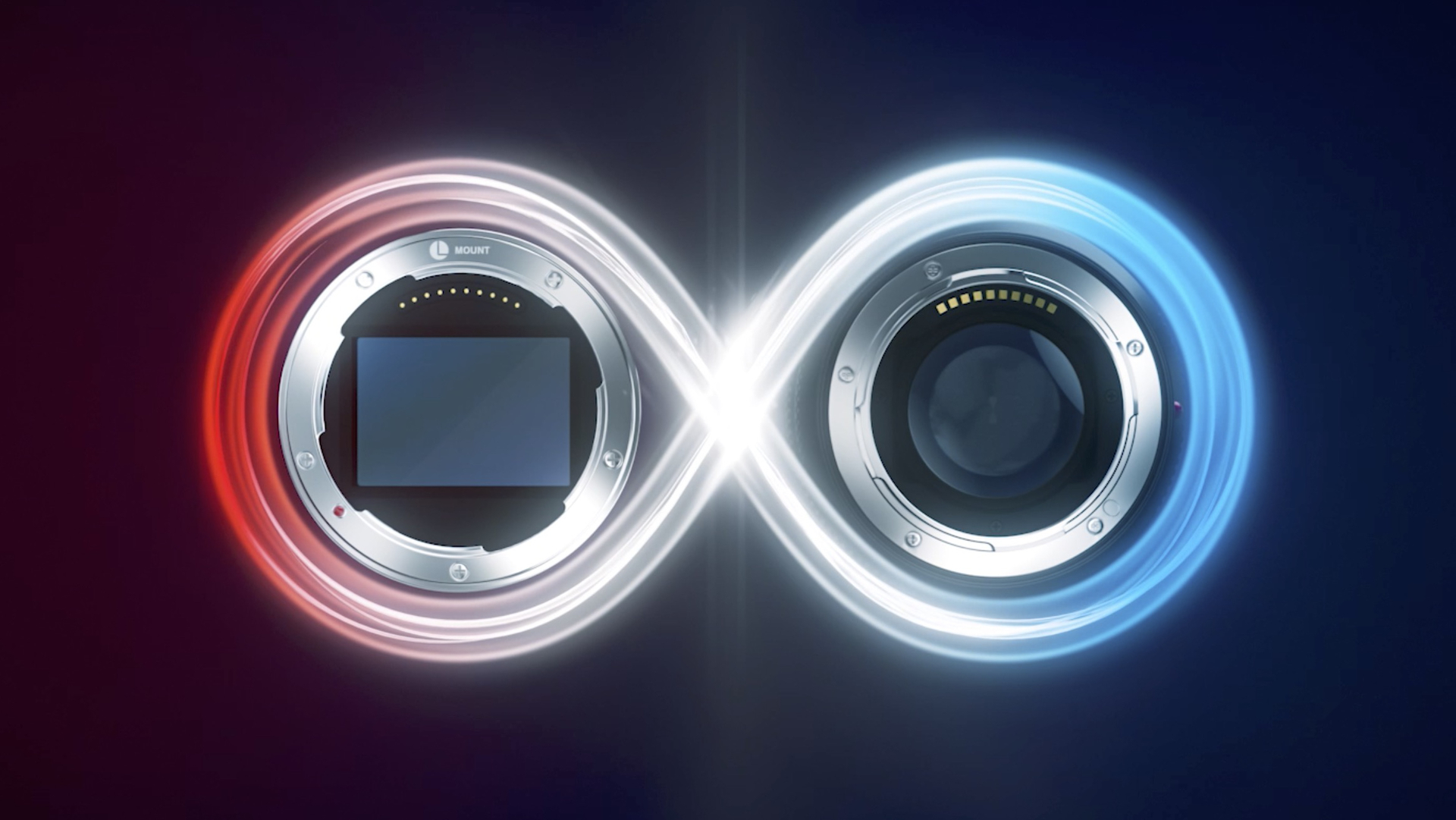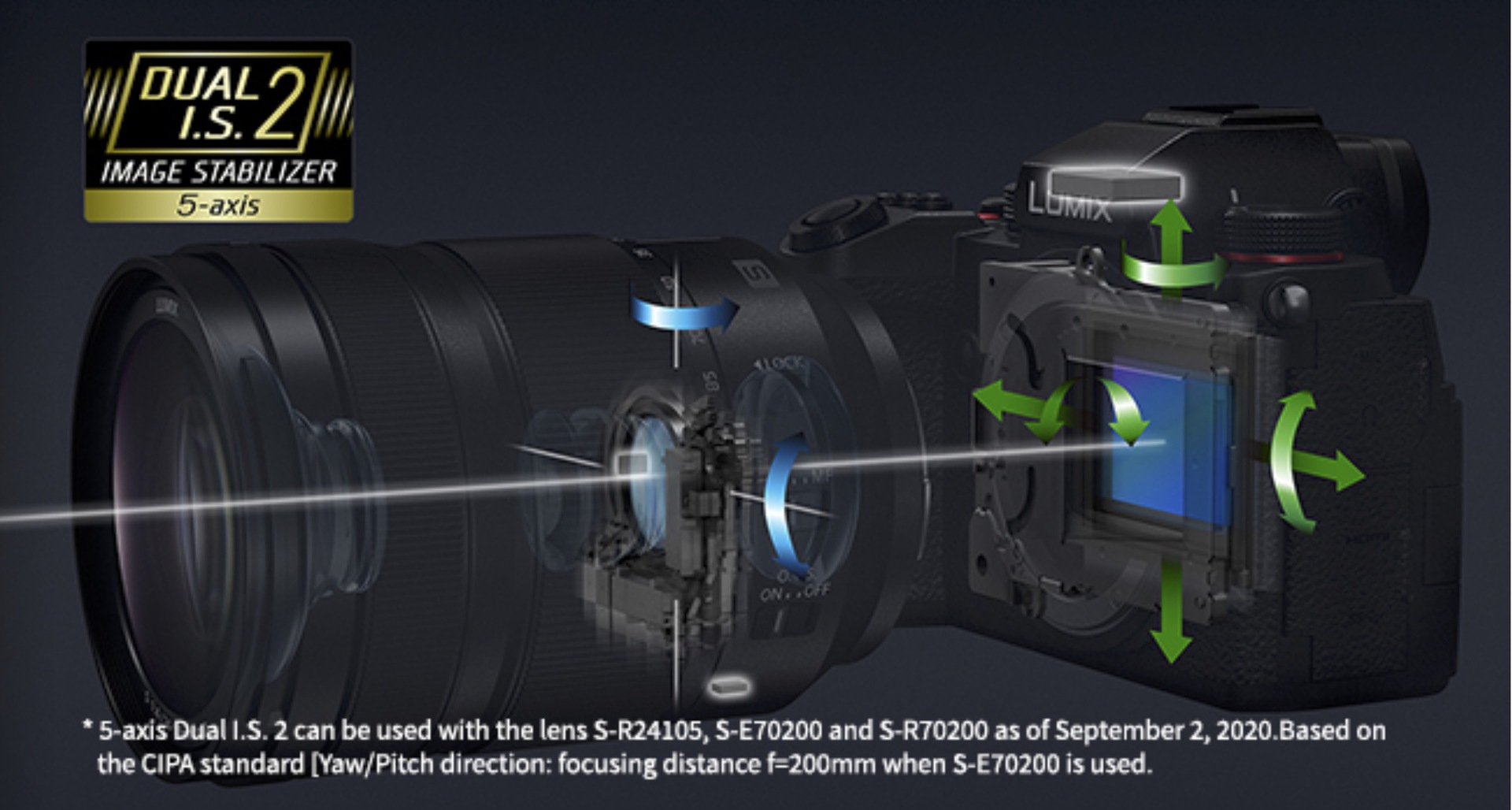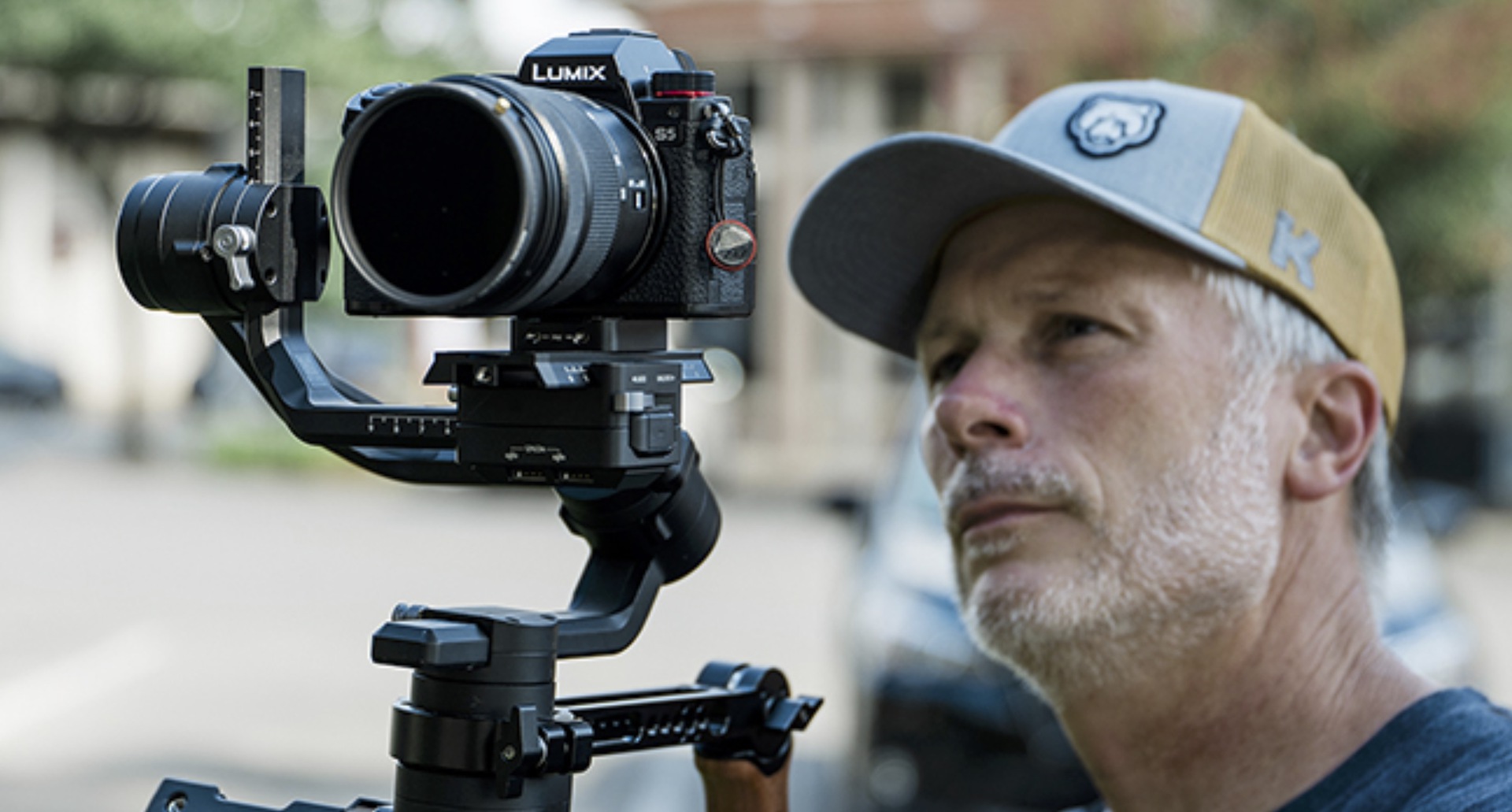Affiliate links on Android Authority may earn us a commission. Learn more.
Panasonic Lumix S5: Everything you need to know about the camera
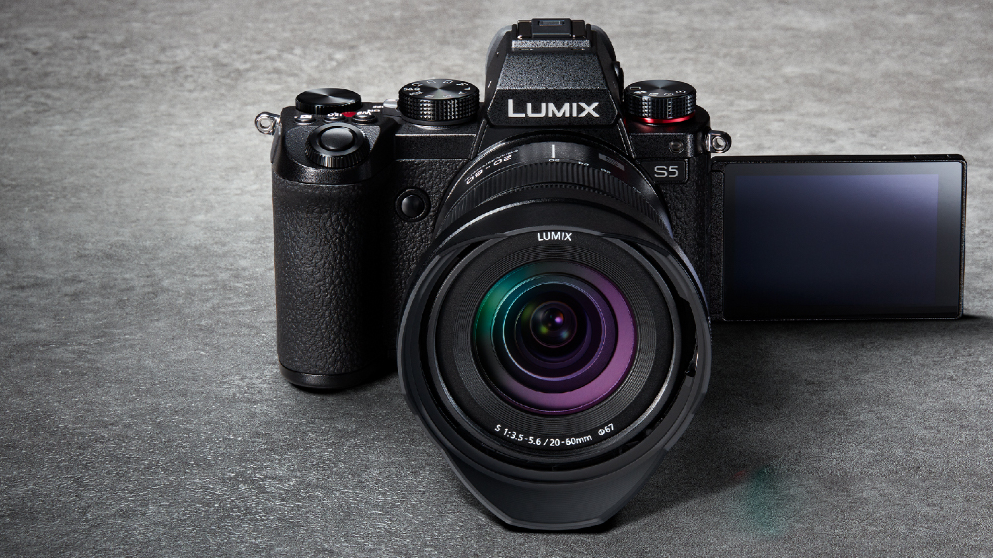
Sony, Nikon, and Canon are arguably the three biggest players in the camera game, constantly fighting against one another. Then there’s Panasonic. The company has a strong cult following and tends to follow its own path a bit more than its rivals. Some of its biggest and most popular cameras include the video-centric Lumix GH5, the amazing full-frame Lumix S1, and their latest portfolio addition — the Panasonic Lumix S5.
This camera stands somewhere in the middle of the pack. It features a great full-frame sensor and many amazing features you see in the more expensive Lumix S1, yet it also packs a smaller body and a more accessible price point of nearly $2,000 for the body alone.
The Panasonic Lumix S1 claims to be a powerful camera for photographers and videographers alike. A quick look at what the Lumix S1 has to offer may convince you to make it your next hybrid shooter, so we thought we would give you a comprehensive guide on this camera. Let’s jump right in!
Before reading: Photography terms you should learn
Design
- 132.6 x 97.1 x 81.9mm (body only)
- 714 grams (body only)
- Magnesium alloy construction
- Dust and splash resistant
The Panasonic Lumix S5 is slightly bigger and heavier than most of its direct competitors, which include the Sony A7 III, Nikon Z6, and Canon EOS R. But those who don’t mind carrying a little more will be rewarded with dust and water splash resistance, thanks to sealing and protection in seams, buttons, and other parts. It’s important to note that while ruggedness is an important feature in this camera, Panasonic is quick to mention this doesn’t 100% guarantee safety from the elements. There is always a chance of damage, but having a little extra peace of mind is definitely an advantage.
The Lumix S5 may be considered a “budget-friendly” camera, but it is still a full-frame camera with great capabilities and you are paying handsomely for it. The construction appears to be high quality, thanks to the magnesium alloy design and nice grip, which should give you more plenty of security handling the unit. This material also helps the camera more efficiently disperse heat, possibly saving it from over-heating issues.
Sensor
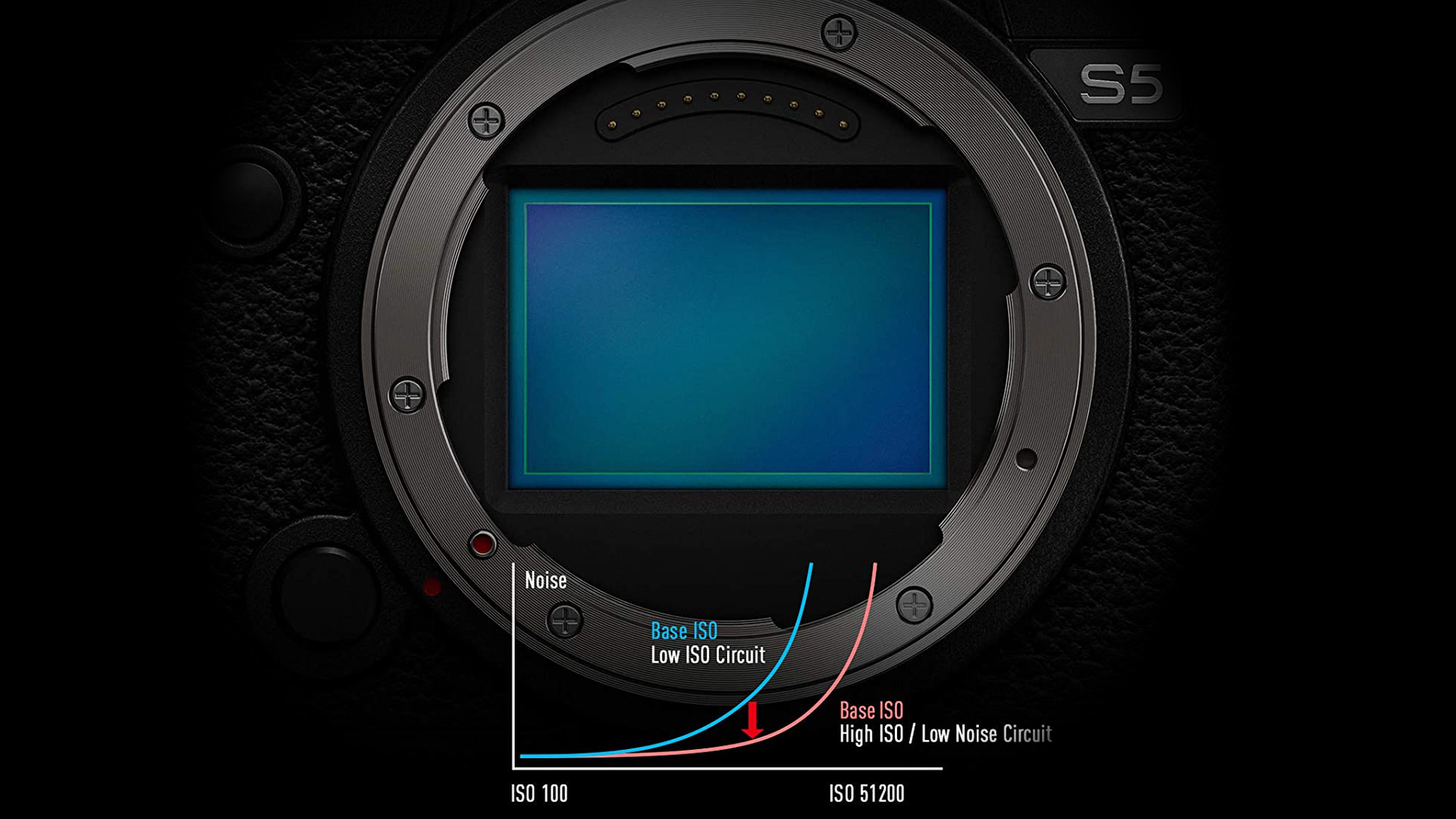
- 24.2MP full-frame CMOS sensor (35mm)
- Dual native ISO technology
The Panasonic Lumix S5 packs a tried and tested sensor, as it is the same one found in the higher-end Panasonic Lumix S1H. It is a much larger sensor when compared to a micro 4/3 sensor like the one found in the Lumix GH5. This means it should handle digital noise better for low-light shooting. The camera is aided by dual native ISO technology, which reportedly will minimize noise even when shooting at the maximum ISO 51,200.
In addition, the sensor can help create 96MP images in High-Resolution Mode, in which the camera uses the image stabilization mechanism to take eight images, then merges them together into a single, more defined image. Not to mention the sensor also aids in autofocus and image stabilization, a couple of factors that have been greatly improved according to Panasonic (more on those in other sections).
Mount
- L-Mount
Just like its Lumix S1 bigger brother, the Panasonic Lumix S5 adopts the newer L-Mount system. Frequent camera enthusiasts have probably heard of the L-Mount Alliance. This is a partnership between Leica, Sigma, and Panasonic to standardize a single mount and offer more options to creatives.
The L-Mount is likely to be fairly future proof, bringing you lens options from all three companies. It also means you will be able to switch camera body brands and take your lenses, as long as you stay within the confines of the L-Mount alliance.
Autofocus
- Contrast-detection autofocus
- DFD (Depth From Defocus)
- Real-time detection technology
Autofocus is another important area in which Panasonic aims to lure customers. The company promises “high speed, high precision” autofocus thanks to great hardware and an improved algorithm that will also eventually come to the S1. The camera’s software is now better at detecting eyes, faces, heads, and bodies.
Don’t be fooled by the implementation of contrast-detection autofocus, which is commonly known to be inferior to phase-detection autofocus. Panasonic makes contrast-detection autofocus technology work by pairing it with DFD. Depth From Defocus uses lens information to more precisely recognize correct focus. It does so by quickly grabbing two images at different focus levels and measuring the correct focusing.
More: The best DSLR cameras
Image stabilization
- 5-axis body image stabilization
- 2-axis optical image stabilization
Shaky hands are a problem when hand-holding a camera, but Panasonic is known for fighting this issue with its 5-axis I.S.2. This system is composed of two stabilizers. The 5-axis body stabilization system works from within the camera to keep the sensor as stable as possible. Meanwhile, Panasonic lenses are also equipped with a 2-axis OIS system. Together, these stabilizing systems double down on shaky footage and blurry images.
Photography shooting capabilities
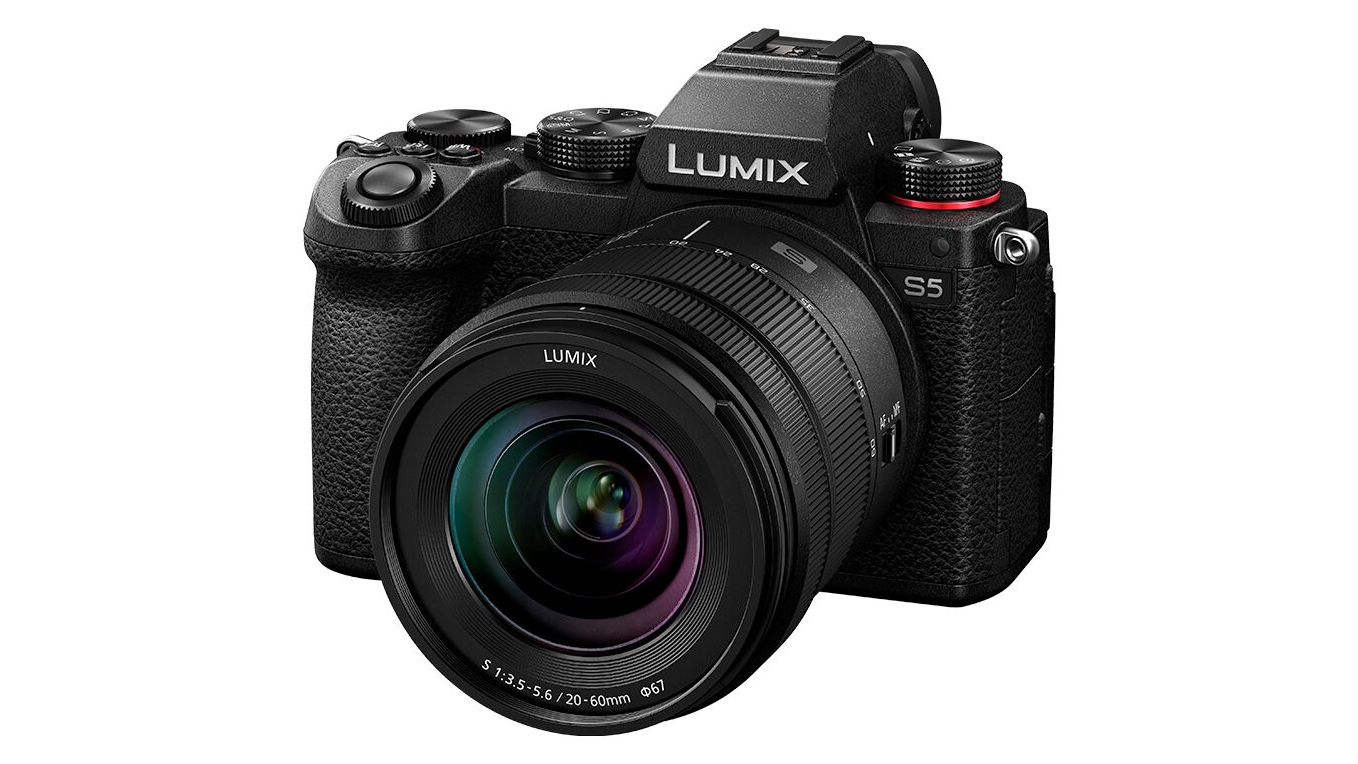
- 24.2MP images
- 14+ stops of dynamic range
- 470 pictures per battery charge (1,500 in Power Save LVF Mode)
- 7fps burst shooting (5fps with continuous autofocus)
Though they call it a hybrid photo/video shooter, you would be right to think the Panasonic Lumix S5 is mostly made for video creators. Video features are where the camera truly stands out against the competition, but this doesn’t have to mean still images are sub-par. The super-fast autofocus, improved image stabilization, great dynamic range, and large sensor are a great combination for photo success.
Having over 14 stops of dynamic range will bring out great details in the highlights and shadows. And you can shoot plenty of images on a single charge. Not to mention a 24.2MP resolution is plenty good for most use cases. And for those times you need something ultra high-res you can opt for shooting in High Resolution Mode and getting 96MP imagery (in RAW or JPEG).
The only real downside here is that it can only shoot images at up to 7fps and only 5fps with continuous autofocus. While some would be satisfied with these numbers, the Sony A7 III can handle 10fps with continuous autofocus. That is twice the speed of the Panasonic Lumix S5.
Next: These photography tips will help you take your photos to the next level
Video shooting capabilities
- 4K@60/50fps in 10-bit (4:2:0 bit depth)
- 4K@30/25fps in 10-bit (4:2:2 bit depth)
- 4K@60/50fps in 10-bit (4:2:2 bit depth) HDMI output
- 4K@30fps in 8-bit (4:2:0 bit depth) with no time limit
- Slow & Quick Mode 4K(1-60fps, 30x quick to 2.5x slow)
- Slow & Quick Mode FHD (1-180fps, 60x quick to 7.5x slow)
- V-Log and V-Gamut compatibility
- Update includes C4K (4096×2160) MOV recording
Those 4K recording options are looking impressive, but that isn’t all the Panasonic Lumix S5 has to offer in terms of video prowess. The smarter autofocus and improved image stabilization will ensure you get more quality footage. Not to mention the amazing dynamic range and great ISO noise reduction.
In addition, users can enjoy 4K HDR video recording, V-Log’s flatter colors for more creative freedom in post processing, support for the Atomos Ninja V5 through HDMI, Slow & Quick Mode, and more. It’s a complete video creation machine with very few limitations. You can even use the whole sensor for video recording, if you so choose to. And there are unique options like S35 anamorphic video shooting.
Related: 10 best filmmaker apps for Android
View finder and display
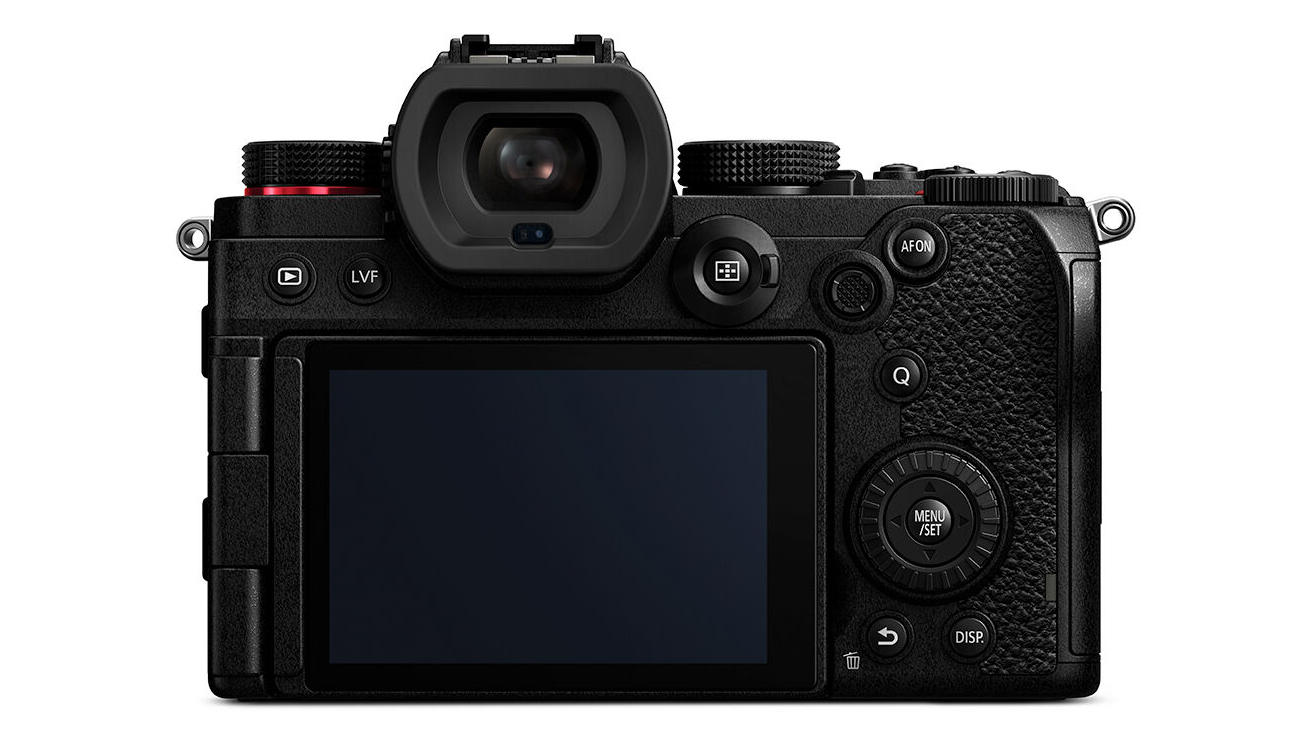
- 2,360K-dot OLED live view finer with high magnification ratio of 0.74x
- 1,840K-dot 3-inch fully articulating touchscreen
The integration of OLED technology and a 0.74x magnification ensures rich color viewing and great detail when using the live view finder. Meanwhile, the vari angle touchscreen makes it easier to capture those complicated angles and navigate the menu with a touchscreen. Nothing much to complain about here!
Ports
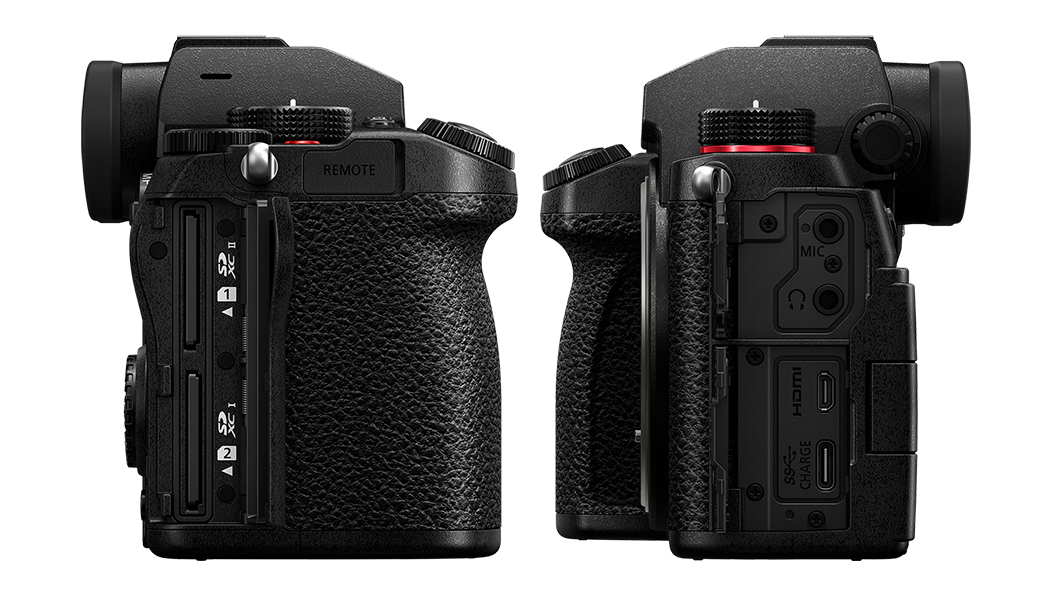
- Dual SD card slots (1xUHS-I and 1xUHS-II)
- 3.5mm microphone
- 3.5mm headset
- Wi-Fi and Bluetooth
- HDMI out
- USB-C charging
- Remote port
A major complaint here is that only one of the SD card slots supports UHS-II speeds, which could be a problem depending on how you use the slower secondary slot. Using it as a backup shouldn’t present any inconveniences, but some shooters’ workflows require primary use of the secondary SD slot. This might be a problem especially if you are using it for video.
Otherwise, you get plenty of ports to play with, and the USB Type-C port ensures you can charge the camera without removing the battery, as well as while in use (with a portable battery pack).
Pricing and availability

You can order the Panasonic Lumix S5 now on Amazon via the button below. The body alone will cost you nearly $2,000, while the kit lens bundle goes for almost $2,300 and includes a LUMIX S 20-60mm F3.5-5.6 lens.
